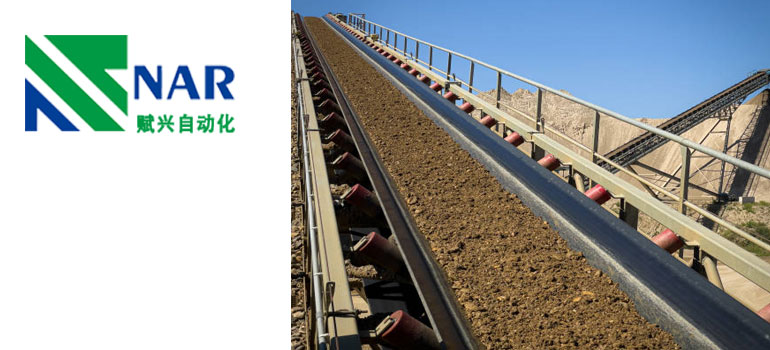Conveyor maintenance is one of the important factors to extend conveyor life. If there is a problem with the conveyor, it will cause the entire conveying system to stop and cause financial losses.In order to prevent this, it is essential to understand the preventive maintenance of the conveyor. Mastering preventive maintenance measures will reduce maintenance costs for the conveying system. When unavoidable situations occur, we also know how to solve relevant problems.
What are the preventive maintenance measures?
Recommended conveyor maintenance measures
The following is a common conveyor maintenance guide. Each conveyor will be equipped with a detailed maintenance manual, specifically for conveyor parts and maintenance skills.
Routine maintenance measures for conveyor
- Keep clean: before and after the operation of the conveyor, clean and check the conveyor to ensure that there is no material residue on the conveyor belt that affects the operation of the conveyor.
- Conveyor belt alignment: check whether the conveyor belt is aligned to ensure that the conveyor will not scatter materials when transporting materials;
- Check the conveyor belt and connector to ensure there is no abnormal damage;
- Check whether the conveyor belt deviates: ensure that there is no deviation of the conveyor belt, resulting in wear;
- Check the conveyor emergency device to ensure its normal operation
- Regularly check the lubrication system
- Check whether the transported materials are properly unloaded from the conveyor
- Before using the conveyor, check the belt and conveyor with no-load operation
Belt maintenance
- Check whether the belt is worn and materials are scattered: the belt deviates from the same level;
- Check whether the belt is cracked or damaged: the belt is easy to break when moving sharp materials;
- Replace worn parts in time: if the conveyor parts are worn, they need to be replaced in time
- Check whether the material will overflow: the material overflow often occurs at the junction of the conveyor belt, and the belt conveyor will be blocked if the material falls during transportation.
- Check whether the material returns: the return is that the material sticks to the belt. The material will be transported continuously with the rotation of the belt until it falls off the belt or is swept down. It is necessary to install a belt cleaner at the conveyor end to remove residues on the belt;
- Check the belt tension to ensure that the belt is not too loose or too tight
- Belt slipping: belt overload transportation, pulley problems and low temperature environment will reduce the grip between belt and pulley;
Motor
- During the normal operation of the conveyor, observe whether there is abnormal noise;
- Regularly record the engine temperature
- Check the bearing: check whether the bearing is worn and has abnormal operation;
- Regularly check and clean the conveying roller to avoid dislocation, blocking and other problems;
- Check and ensure that the installed bolts are firm;
other
- Regularly check the belt conveyor sprocket and other pinch points to ensure that they are in a safe state;
- Understand the capacity of conveyor belt and other relevant knowledge; Avoid overloading the conveyor belt;
- Pre-job training for operators to ensure that operators are familiar with safety warning signs;
The conveyor maintenance measures can effectively prolong the service life of the conveyor and reduce the waste of funds. Although the specific maintenance technology needs professional personnel to operate, the daily maintenance can also be operated.
The design and replacement of some parts must be completed by professional technicians. Given the importance of conveyor belt efficiency in many industrial processes, warehouses and distribution centers, the implementation and monitoring of preventive maintenance plans is essential to maintain their productivity.
If you want to know more about conveyor technology, please contact PT.NAR

